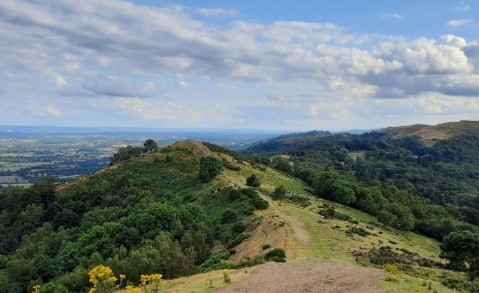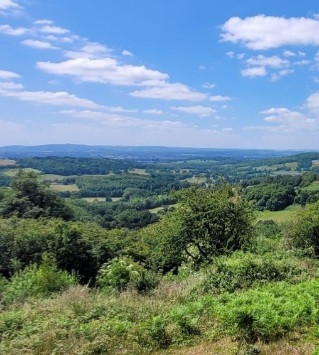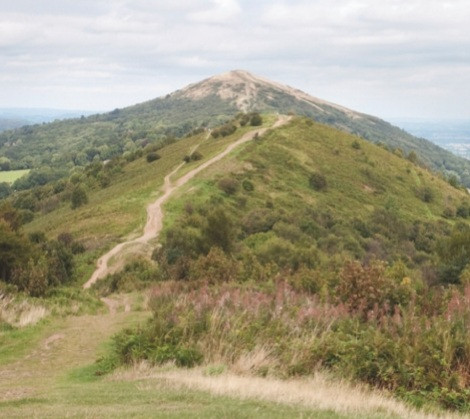Description
The Malvern Hills are a popular walking area. Good for varied wildlife including marsh orchids, adders, harvest mice, foxes, badgers, polecats. Best birding areas are Midsummer hill for owls, jastrab krahulec, brhlík obyčajný, kolibiarik sykavý, muchárik čiernohlavý and žltochvost hôrny. Castlemorton Common for pŕhľaviar čiernohlavý, stehlík konôpka, ľabtuška hôrna, svrčiak zelenkavý, strnádka obyčajná, ľabtuška lúčna, possibly hrdlička poľná. Chase End Hill for wintering glezg obyčajný, pinka severská (ikavec), snehuľka severská, stehlík hnedkavý and stehlík čížik. North Hill for migrant drozd kolohrivec and skaliarik sivý. British Camp reservoir and Hollybush Quarry for migrant kršiak rybár. Two čavka červenozobá visited the area in July 2019.
Details
Access
From South Wales leave M50 at junction 2. Go south on Gloucester road then immediately left to Castlemorton. From Birmingham exit M5 at J7 then A44/A449 westward. Car parks are numerous throughout the area. There are train stations at Colwall, Great Malvern and Malvern Link. Click on a P in the map to get directions to that parking.
Terrain and Habitat
Forest , Mountain , Canyon/cliff , Lake , Scattered trees and bushes , Grassland , Plateau , Valley , Moors/heathlandConditions
Hilly , Rocky , Dry , Open landscapeCircular trail
YesIs a telescope useful?
Can be usefulGood birding season
All year roundBest time to visit
Spring , Autumn migrationRoute
Paved road , Wide path , Narrow trail , Unpaved roadDifficulty walking trail
StrenuousAccessible by
Foot , Bicycle , Car , WheelchairBirdwatching hide / platform
NoExtra info
Malvern developed in Victorian times as a health resort and spa town, when visitors included Charles Darwin.




